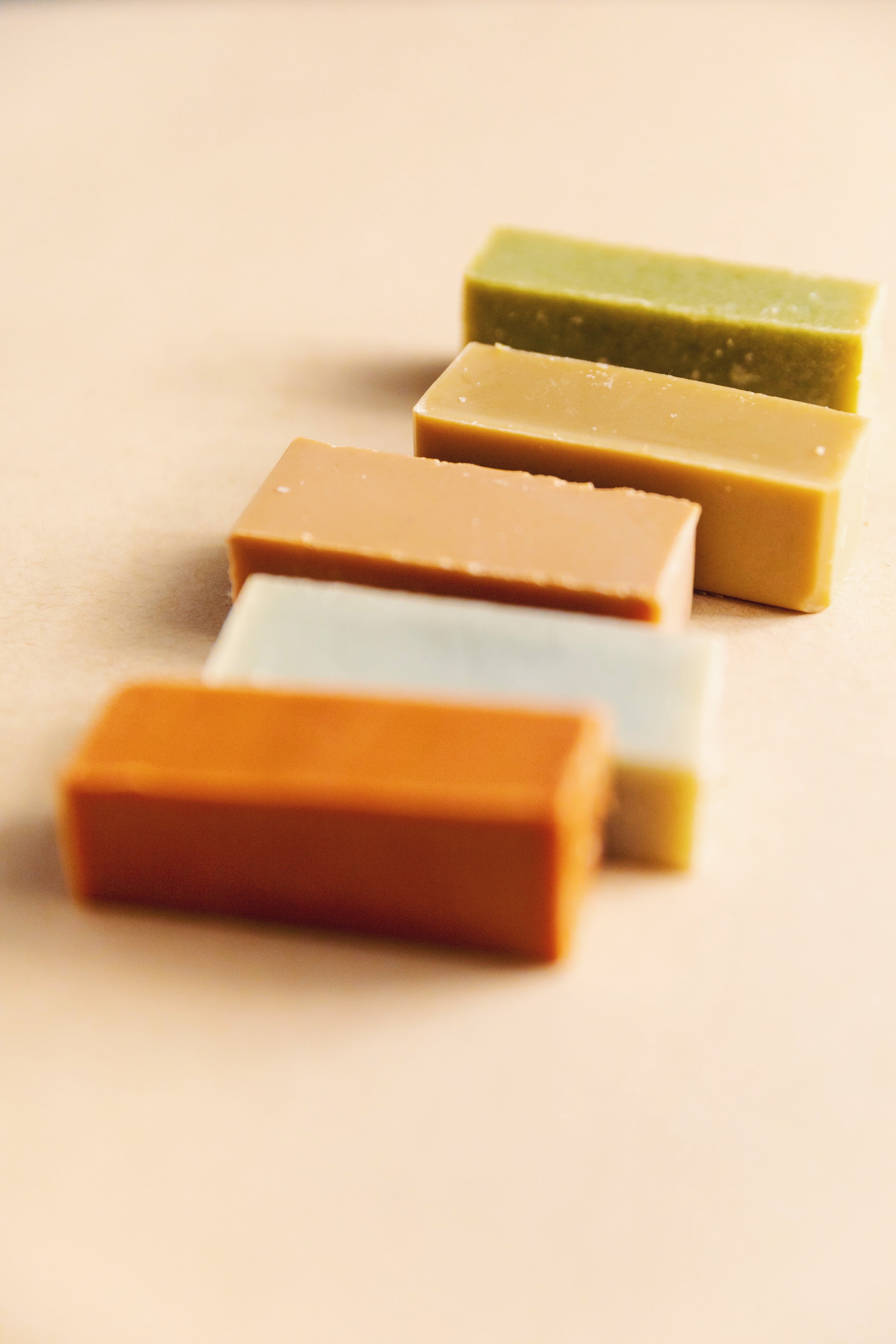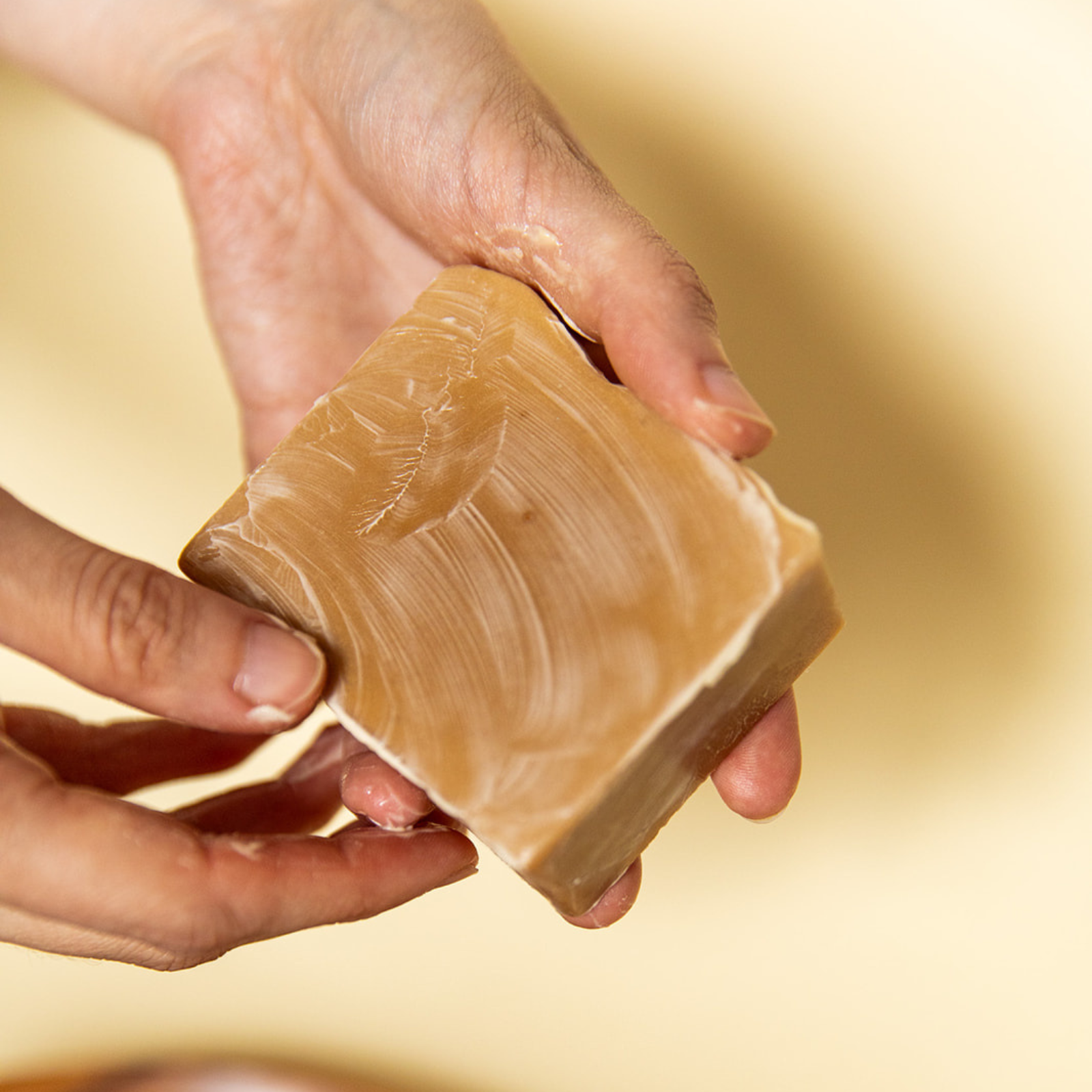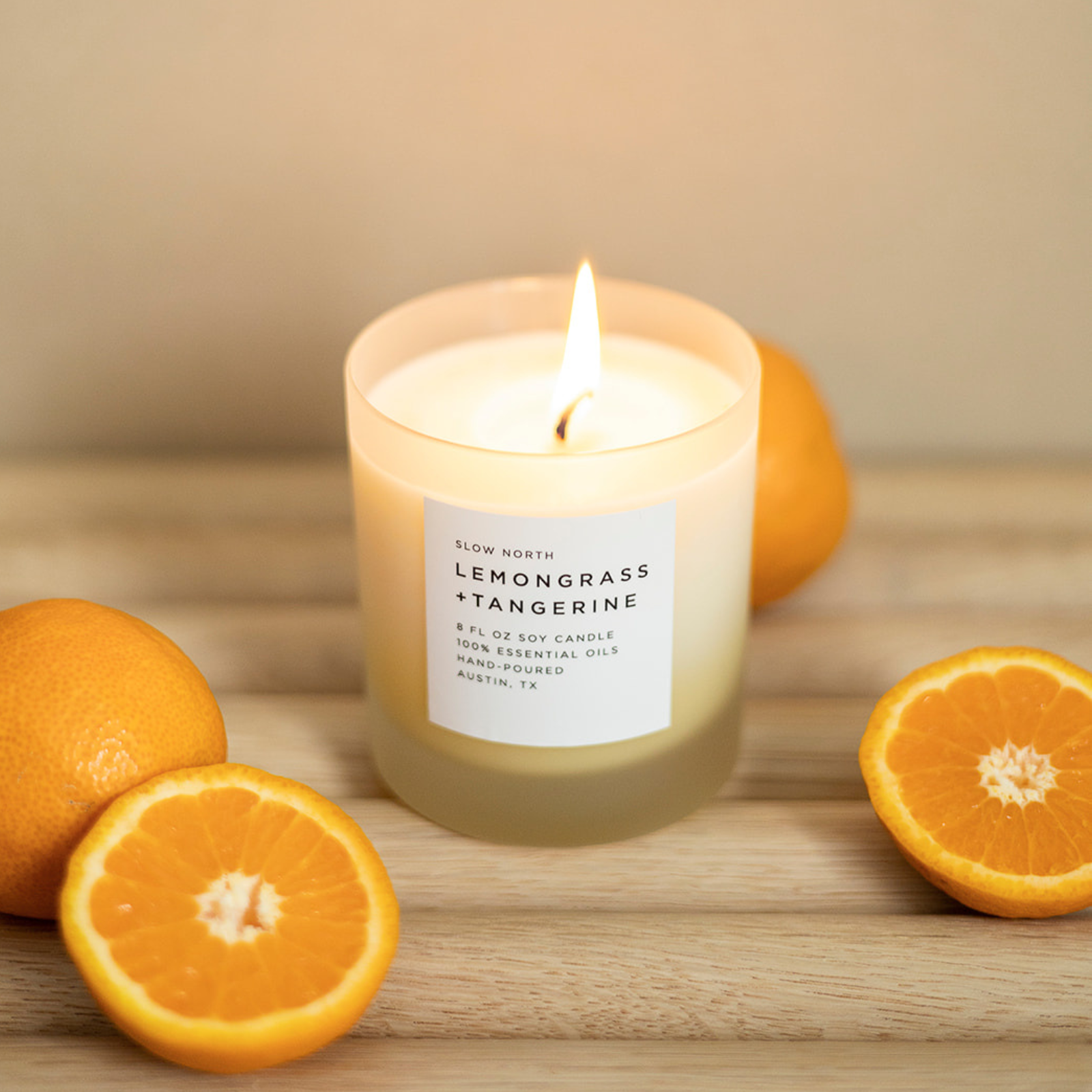 The spring equinox is often viewed as a time of rebirth and growth: feeling a renewed sense of energy and inspiration after months of rest and reflection. This spirit of rejuvenation, however, contradicts another common springtime practice that involves ritually depriving ourselves of one hour of sleep – Daylight Savings Time.
The spring equinox is often viewed as a time of rebirth and growth: feeling a renewed sense of energy and inspiration after months of rest and reflection. This spirit of rejuvenation, however, contradicts another common springtime practice that involves ritually depriving ourselves of one hour of sleep – Daylight Savings Time.
We’ve all heard the old saying “spring forward, fall back,” which reminds us which direction to adjust our clocks biannually – one hour forward in spring, one hour back in the fall. But why do we do this, exactly? Every second Sunday of March, we move our clocks forward to Daylight Savings Time (DST) to maximize the number of daylight hours in the summer.

This year, Daylight Savings falls on Sunday, March 12th and lasts until Sunday, November 5th. From mid-March until early fall, the sun will set one hour later, calling back the nostalgic feeling of long, warm summer days. Once DST has ended in autumn, we move the clocks back one hour, reclaiming that precious hour of rest we missed for nearly eight months (!).
While longer days in the summertime are objectively awesome, it also means that darkness comes earlier and stays longer in the fall and winter. Even though we eventually get that one hour of sleep back, shifting our sleep schedules twice a year (even by just one hour) can have a major impact on our overall well being. Disrupting our natural internal clock can lead to mood changes, fatigue, and problems concentrating, among other things.
Why sleep is essential to healthy living

Good sleep is key to good health, both physical and mental. The Sleep Foundation tells us that sleep gives our bodies and minds time to recharge, which affects concentration, focus, digestion, heart health, immunity, and even memory. Getting less sleep than our bodies need – even by just one hour – can have negative effects on our wellbeing as a whole.
Our bodies run on an internal clock called a circadian rhythm, which is responsible for controlling when we feel tired and when we feel refreshed. This clock runs on a 24-hour cycle, which is why we gradually become more tired throughout the day – and it relies on certain natural cues to figure out when we need rest. When it gets darker outside, our brains know to release melatonin (the hormone responsible for inducing sleep) and when it gets lighter in the morning, our brains begin releasing cortisol to give us the energy we need for the day.
So how does Daylight Savings fit in?
According to the American Academy of Sleep Medicine, the natural daily cycle of light and darkness is “the most powerful timing cue to synchronize our body’s internal clock.” Shifting back and forth seasonally disrupts this biological clock and, when it’s out of sync, a not-so-fun domino effect happens: first comes sleep loss or poor sleep quality, which leads to skewed hormonal structures. Then, when our hormones are out of whack, we can experience issues like irritability, fatigue, and an unfocused mind.

Nixing Daylight Savings Time in favor of returning to Standard Time year round would mean living in harmony with the timing of nature, leaning into our body’s natural cycles instead of forcing them to shift. While there is growing support to abolish DST, we can’t quite agree on which time to make permanent – Daylight Savings Time (spring forward) or Standard Time (fall back). Just last year, a bill was introduced in congress called the Sunshine Protection Act, which suggests we adopt a permanent Daylight Savings Time. Despite its incredibly adorable name, this bill would mean that once we shift the clocks forward in the spring, we wouldn’t shift them back in the fall; Daylight Savings Time would become the new Standard Time and our internal clocks would be forced to shift permanently.
Whether or not anything will come from this bill remains to be seen…but for now, we’ll continue with our routine shifting of time. With “spring forward” just around the corner, we’ve put together some thoughtful practices you can begin now to ease yourself into Daylight Savings.
Creating a strong bedtime routine
A healthy sleep cycle begins with a mindful nighttime routine. If your current bedtime regimen is inconsistent or even non-existent, don’t worry! Starting small will help you to build the foundation for a solid, consistent routine.

Begin by choosing a bedtime that allows for 7-9 hours of sleep. When the sun starts to go down, dim the lights in your house to match the darkening sky to trigger your internal clock.
An hour before your chosen bedtime, turn off all screens – your TV, laptop, tablet, and yes, even your phone! The blue light emitted from these devices tricks our brain into thinking it is daytime, which disrupts the release of melatonin and makes falling asleep more difficult. Instead of binge-watching or mindlessly scrolling before bed, choose a mindful activity – read a book, finish chores, journal, or indulge in a luxurious skincare routine. Making your wind-down activity as enjoyable as possible will help you look forward to your sleep ritual, which means you’re more likely to stick to it!
If you need background noise to help you fall asleep, you could always turn your fan or heater on – or you could invest in a white noise machine or air purifier. The slow and steady humming of these devices will lull you to sleep without disrupting your circadian rhythm.
Preparing for the Daylight Savings shift
Once you have a solid (and enjoyable) nighttime routine, it’s time to begin gradually shifting your bedtime. Using small, consistent increments is the best way to ease your body into the time change – starting 4 days before Daylight Savings, move your dinner, nighttime routine, and bedtime back by 15 minutes each day.

Likewise, shift your morning routine to be 15 minutes earlier each day. Create an enjoyable morning routine (stretching, running, reading, dancing around your house to your favorite album) so you have a mindful activity to begin each day. Another helpful tip is to get 15 minutes of sunlight first thing in the morning to resync your internal clock – that way, when the time shifts, your body will have an easier time adjusting.
Daylight Savings with children
If you have babies or small children, you know that a routine shift for one functions best as a routine shift for all. Kids need more sleep than adults, so having a strong bedtime routine is essential! Start by dimming the lights in the early evening, then turn off screens one hour before bed. Use specific bedtime cues – like bath time, brushing teeth, putting on pajamas, or reading a story – to signal that it’s time to wind down.

If you forget to move their nighttime routine, don’t worry – try spending some family time outside first thing in the morning to reset those internal clocks with sunshine. Consistency is key when easing into Daylight Savings, but nighttime routines don’t have to feel like a chore. Keep these rituals enjoyable and relaxing with bonding activities like bedtime stories, talking about your day, or journaling with your child.
Getting a good night’s rest is a key part of living a slow and intentional life. Our bodies and minds need (and deserve!) sleep to reset each night, so we can be fully present in our everyday lives. Though Daylight Savings Time can be a speed bump in our sleep schedule, if we take small, consistent steps to prepare, we can restore balance to our bodies, rejuvenate our minds, and be fully here for the moments that matter. Sweet dreams!
Danielle Townsley
Danielle is a freelance writer, social media strategist, and contributor to Slow North. She enjoys all things beauty, wellness, and mental health, and can often be found enjoying the sunshine with a coffee in hand or snuggling with her pup. Danielle is a West Coast native who is currently enjoying the sunshine in Austin, Texas.












 The spring equinox is often viewed as a time of rebirth and growth: feeling a renewed sense of energy and inspiration after months of rest and reflection. This spirit of rejuvenation, however, contradicts another common springtime practice that involves ritually depriving ourselves of one hour of sleep – Daylight Savings Time.
The spring equinox is often viewed as a time of rebirth and growth: feeling a renewed sense of energy and inspiration after months of rest and reflection. This spirit of rejuvenation, however, contradicts another common springtime practice that involves ritually depriving ourselves of one hour of sleep – Daylight Savings Time.






















